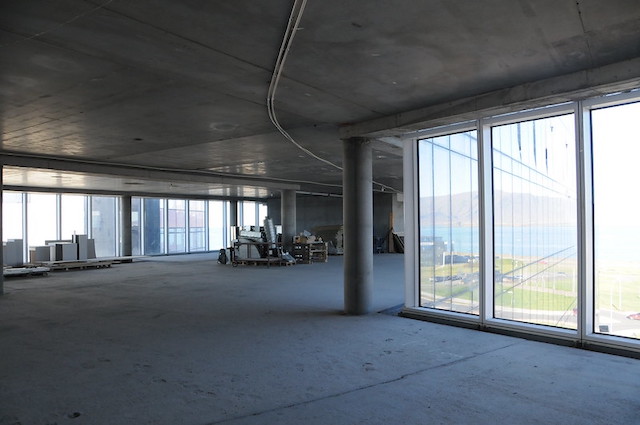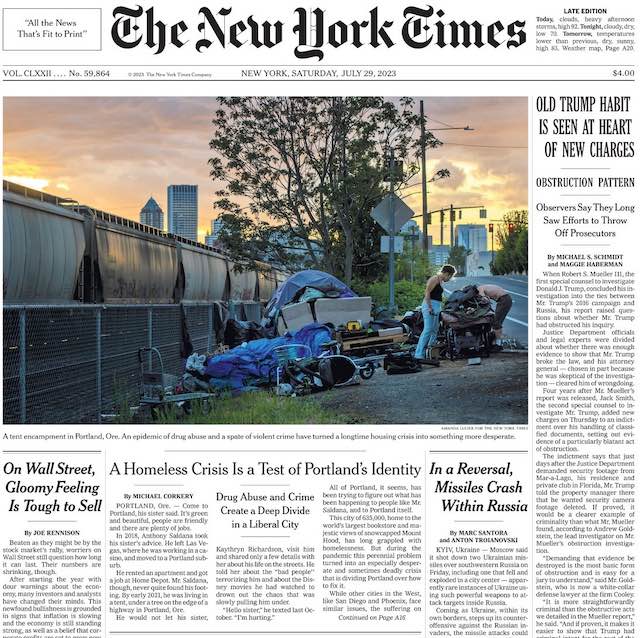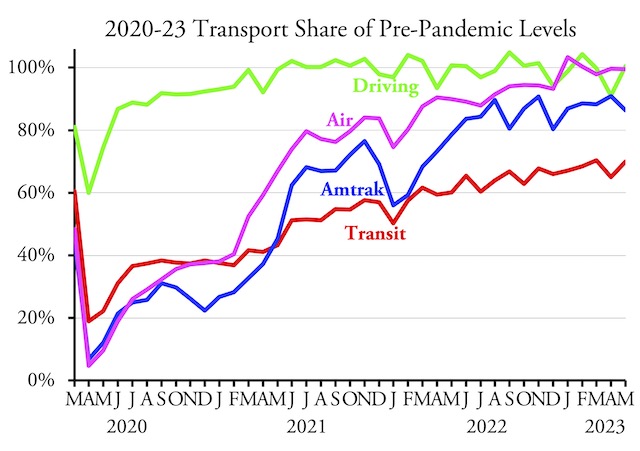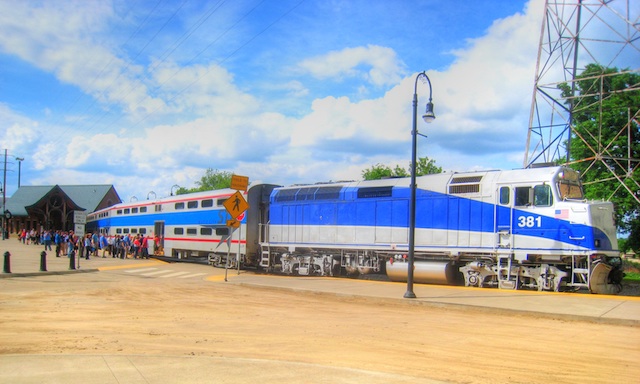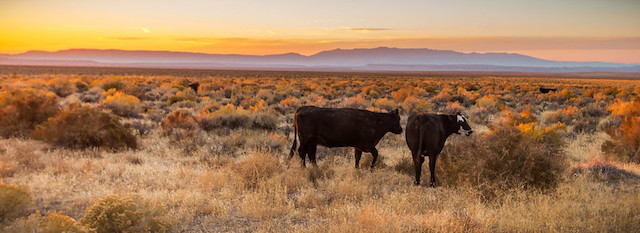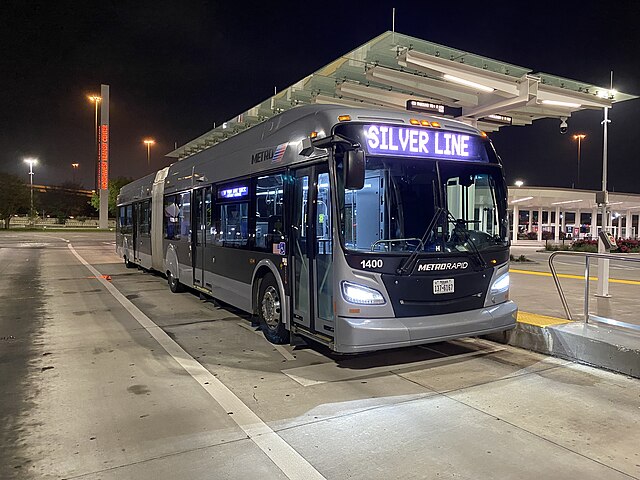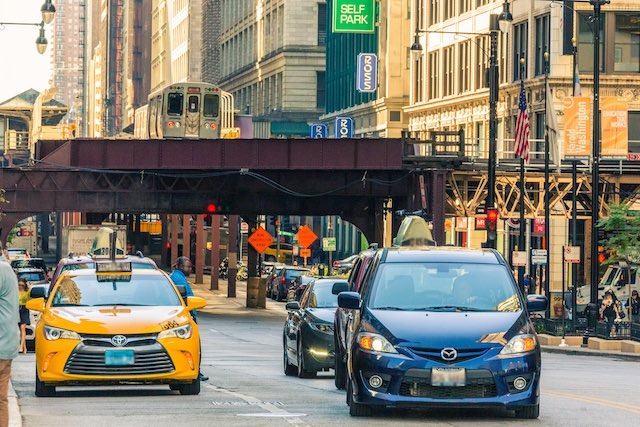A recent study concludes that it is feasible to convert some downtown buildings into residences. However, given the qualifications they put on this statement, I strongly suspect the authors’ definition of “feasible” is quite a bit different from mine.
Can the owner of this office building feasibly convert this space to residences? The answer, according to some, is “yes” so long as taxpayers give the property owner enough subsidies. Photo by Tomi Knuutila.
First, at least some of the building conversions they studied were hotels, not office buildings. Hotels, which are already residential in a sense, have a lot more plumbing that make them easier to convert to residential uses than offices. Continue reading

